Malindi, Kenya
Beneath the Indian Ocean’s surface, I wondered if the pandemic had turned out to be a good thing after all. I swam among corals blooming more colourfully and with more diversity of reef fishes than on any dive I can recall since my childhood.
On the high-tide line in front of our beach house on Kenya’s north coast, sandpiper feet and the claws of ghost crabs are becoming entangled in discarded blue face masks. This year, the tourists are mostly absent and the seafront nightclubs, restricted by curfew, are silent. But out here among the coral gardens, the teeming marine life, flaring with psychedelic colours, hints how swiftly the world might recover if another variant wiped out the human race.
Everybody in the family found something special: Eve saw a stingray with neon blue spots; Rider found an octopus that went from deep purple through crimson to slate grey as it parachuted away. Among the clams pouting with electric green lips, the clown fish hiding in anemones and rainbow shoals, I found a colony of egg cowries making love on a bed of soft corals. The soft bodies of these little dragons fluttered around their white shells, black wings of flesh sparkling with white and yellow spots. I have not seen these creatures since I used to go snorkelling in the 1970s.
In those days my mother would go out onto the reef every day with Lallie Didham, a marine biologist who lived on our beach and snorkelled with a trident. While Lallie wrote about marine life, my mother was compiling colour illustrations for a book they wanted to do. In the end, it was never published, but the many paintings of reef fish Mum left behind when she died in January are among the most powerful things that illuminate my memories of her.
Lallie was a conchologist, one who studies sea shells, and she would take us children on shelling expeditions to the wild reefs north of Malindi, towards Formosa Bay. I think she found us useful collectors because we had such beady eyes, but she taught us all about the shells we found. Once my brother found a sieve cowrie with a flaming orange mantle — but our holy grail was always the Glory of the Seas, a cone-shaped shell that was so rare it was said only 100 had ever been discovered. We never found one, but we would collect cowries named after tigers, lynx, deer, moles and snake heads — and we’d kill them by burying them in the sea sand at home until the ants ate them. We kept drawers full of shells, all labelled with their Latin names, but even if one hid them from the light the shells’ glistening patina would fade over time. How sad, I think now.
In Malindi town my brother and I would often go to sit on a coconut mat by the roadside with Mohamed, an elderly seller of sea shells whose grandparents had been slaves of the Arabs until the Royal Navy liberated them. He had suffered polio, which stunted both his legs and he’d use his strong arms to scoot himself along the dusty street. On his mat, he sat surrounded by piles of mother of pearl pouting-lipped spider shells, conches, tritons and nautiluses.
Between spits of betel nut juice, Mohamed would tell us stories of where he had found all these rare treasures under the seas. Though he was so handicapped on land, when we went out with him in his dug-out canoe on the ocean, we saw him become a dolphin as soon as he dived into the waves. He’d disappear into the depths for minutes at a time, surfacing in a burst of spray with some fresh curiosity from the sea floor.
Mohamed died and as I grew up the sea shells began to disappear from Kenya’s coast. These days, the only shells you see are probably collected from the reefs off southern Somalia, in the rich waters of the Bajuni archipelago. There, roaming jihadists make it far too dangerous for tourists, so the corals are left untrampled. Only a few poachers manage to reach those Somali coastal waters to harvest shells, together with nuggets of ambergris, lobsters as big as a man’s arm and vases of jade-green celadon from old Chinese wrecks. Even in a mad world, it’s good to know there are still wild shores off East Africa, and bright coral gardens thronging with copulating cowries.
Got something to add? Join the discussion and comment below.
Get 10 issues for just $10
Subscribe to The Spectator Australia today for the next 10 magazine issues, plus full online access, for just $10.
You might disagree with half of it, but you’ll enjoy reading all of it. Try your first month for free, then just $2 a week for the remainder of your first year.


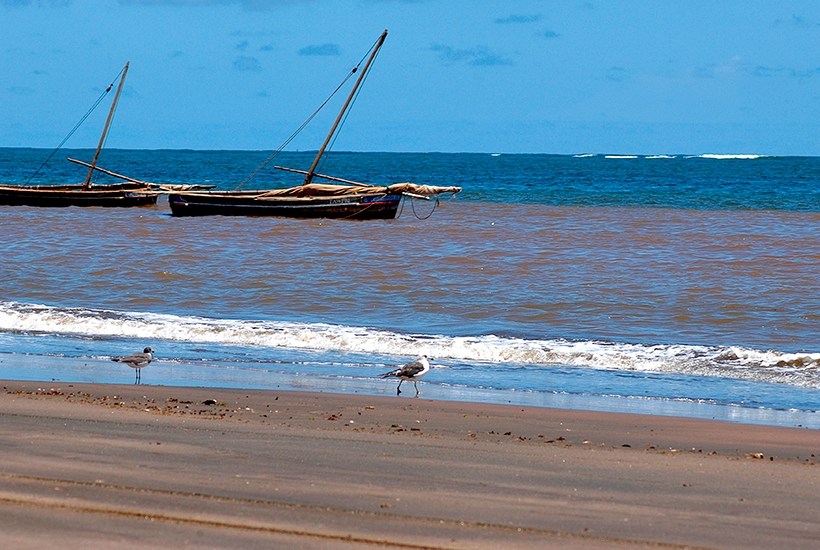
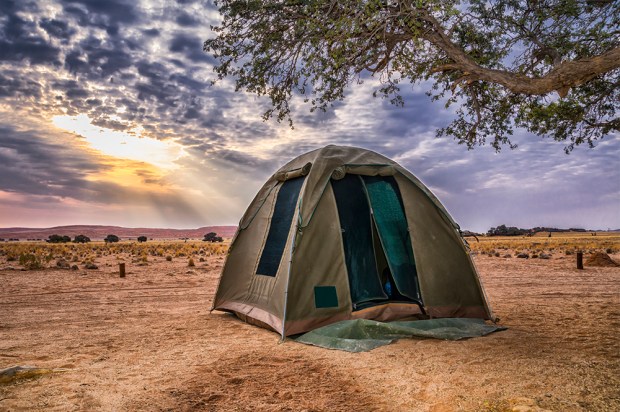
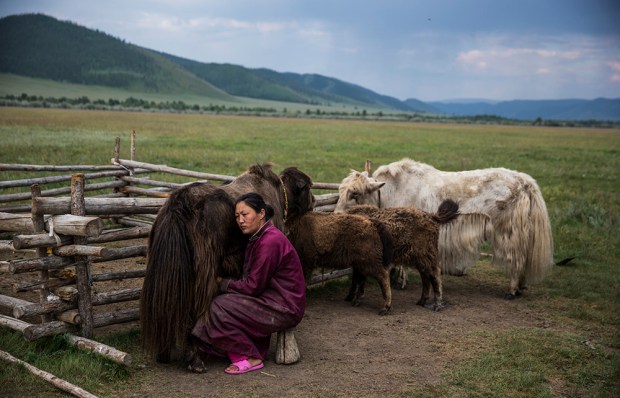
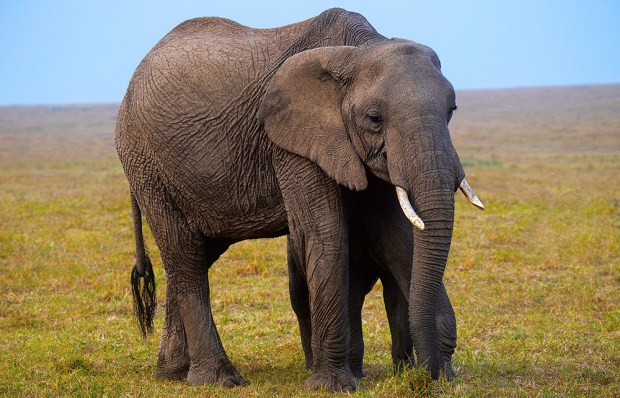
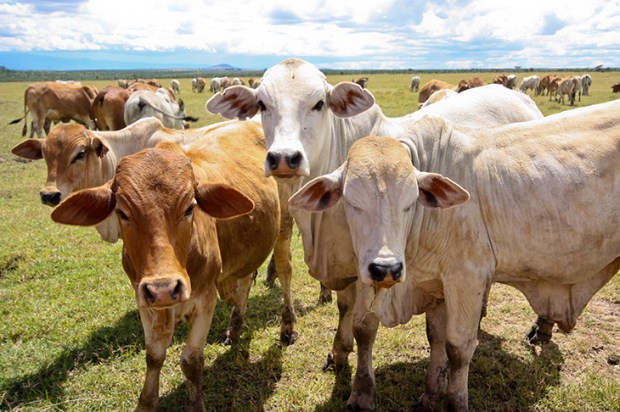
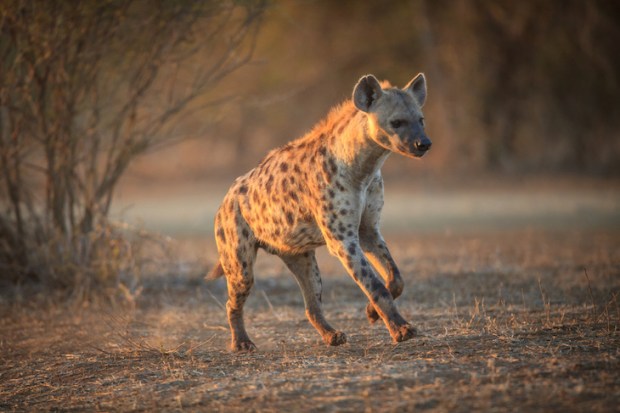
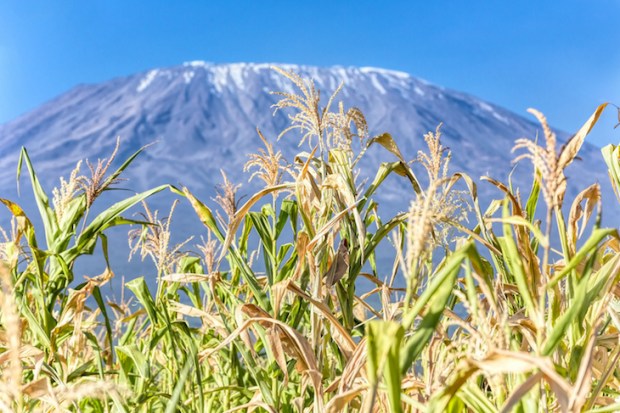






Comments
Don't miss out
Join the conversation with other Spectator Australia readers. Subscribe to leave a comment.
SUBSCRIBEAlready a subscriber? Log in